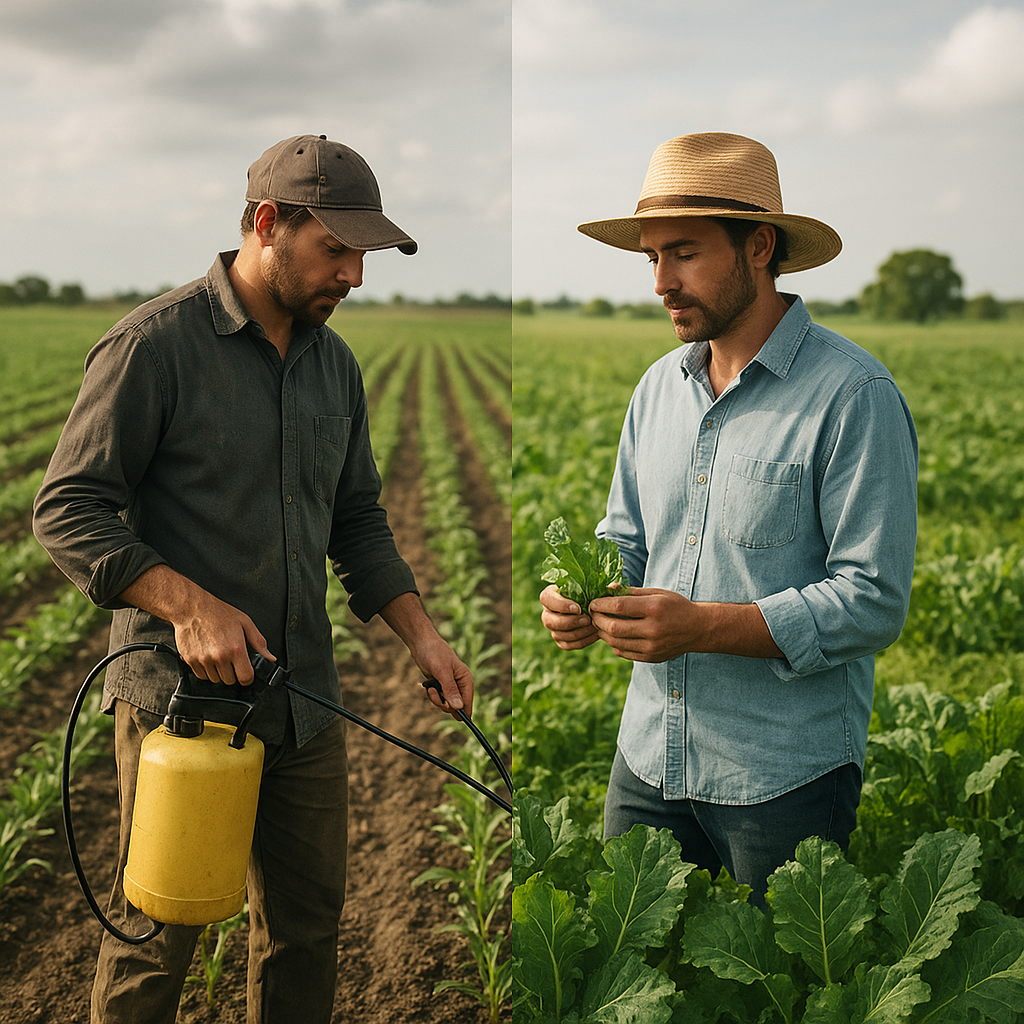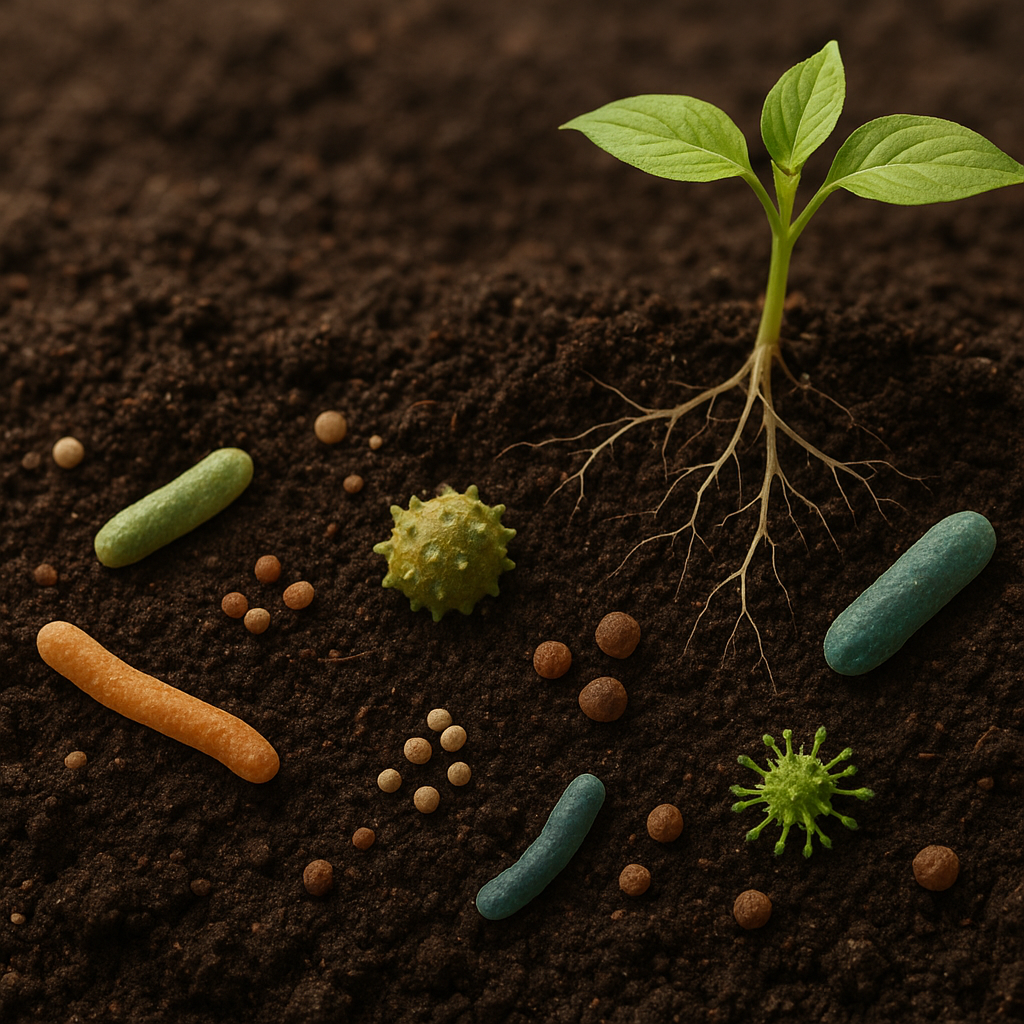The importance of crop rotation in sustainable farming cannot be overstated, as it plays a crucial role in maintaining soil health, enhancing biodiversity, and improving crop yields. This agricultural practice, which involves alternating the types of crops grown on a particular piece of land over time, has been utilized for centuries and is increasingly recognized as a key strategy in sustainable agriculture. In this article, we will explore the benefits of crop rotation, the principles behind it, and how it can be effectively implemented in modern farming systems.
Understanding Crop Rotation
Crop rotation is the practice of growing different types of crops in the same area across a sequence of seasons. This method contrasts with monoculture, where the same crop is planted repeatedly in the same location. The fundamental principle of crop rotation is to disrupt the life cycles of pests and diseases, improve soil fertility, and optimize the use of nutrients. By rotating crops, farmers can create a more balanced ecosystem that supports healthy plant growth and reduces the reliance on chemical fertilizers and pesticides.
Benefits of Crop Rotation
There are numerous benefits associated with crop rotation, which can be categorized into environmental, economic, and agronomic advantages.
- Soil Health: Different crops have varying nutrient requirements and root structures. By rotating crops, farmers can prevent nutrient depletion and promote a more balanced soil composition. For instance, legumes, such as beans and peas, can fix nitrogen in the soil, enriching it for subsequent crops.
- Pest and Disease Management: Crop rotation disrupts the life cycles of pests and pathogens that thrive on specific crops. By changing the crop type, farmers can reduce the incidence of crop-specific diseases and pest infestations, leading to healthier plants and reduced pesticide use.
- Biodiversity Enhancement: Diverse cropping systems foster a wider range of organisms in the soil and surrounding environment. This biodiversity can lead to improved pollination, natural pest control, and overall ecosystem resilience.
- Improved Yields: By maintaining soil health and reducing pest pressures, crop rotation can lead to higher and more consistent crop yields over time. Farmers often find that rotating crops results in better quality produce and increased profitability.
- Weed Management: Different crops can suppress various weed species, making it easier to manage weed populations. This can reduce the need for herbicides and promote a more sustainable approach to weed control.
Implementing Crop Rotation
To effectively implement crop rotation, farmers must consider several factors, including the types of crops to be rotated, the specific needs of the soil, and the local climate. Here are some key steps to developing a successful crop rotation plan:
1. Assessing Soil Health
Before establishing a crop rotation plan, it is essential to assess the current health of the soil. Soil testing can provide valuable information about nutrient levels, pH, and organic matter content. Understanding these factors will help farmers select appropriate crops that can thrive in their specific soil conditions.
2. Selecting Compatible Crops
When choosing crops for rotation, it is important to select those that have different nutrient requirements and growth habits. A common rotation sequence might include a nitrogen-fixing legume followed by a nutrient-demanding crop, such as corn or wheat. Additionally, incorporating cover crops during the off-season can further enhance soil health and prevent erosion.
3. Planning the Rotation Schedule
Creating a rotation schedule involves determining the sequence and timing of crop planting. Farmers should consider the growing seasons of each crop, as well as any potential market demands. A well-planned rotation schedule can help maximize land use and ensure that crops are planted at optimal times for growth.
4. Monitoring and Adjusting
Once a crop rotation plan is in place, it is crucial to monitor its effectiveness. Farmers should keep detailed records of crop yields, soil health, and pest populations. This data can help identify any issues that arise and allow for adjustments to the rotation plan as needed. Continuous learning and adaptation are key components of successful sustainable farming practices.
Challenges and Considerations
While crop rotation offers numerous benefits, there are also challenges that farmers may face when implementing this practice. Understanding these challenges can help farmers develop strategies to overcome them.
1. Knowledge and Experience
Many farmers may lack the knowledge or experience necessary to implement effective crop rotation strategies. Education and training programs can help equip farmers with the skills needed to design and manage crop rotation plans successfully.
2. Market Demand
Farmers must also consider market demand when selecting crops for rotation. If certain crops are not in high demand, it may be challenging to justify their inclusion in a rotation plan. Building relationships with local markets and consumers can help farmers better understand market trends and adjust their crop choices accordingly.
3. Initial Costs
Transitioning to a crop rotation system may involve initial costs, such as purchasing new seeds or investing in new equipment. However, the long-term benefits of improved soil health and increased yields often outweigh these initial investments.
4. Climate Variability
Climate change and variability can impact crop growth and yields. Farmers must remain adaptable and be prepared to adjust their crop rotation plans in response to changing weather patterns and environmental conditions.
Conclusion
Crop rotation is a vital practice in sustainable farming that offers numerous benefits for soil health, pest management, and overall agricultural productivity. By understanding the principles of crop rotation and implementing effective strategies, farmers can enhance their resilience against environmental challenges and contribute to a more sustainable food system. As the global population continues to grow, the importance of sustainable farming practices like crop rotation will only increase, making it essential for farmers to embrace this time-tested method for the future of agriculture.




